パワーを構築する: Lifepo4 バッテリー パックを自作する方法
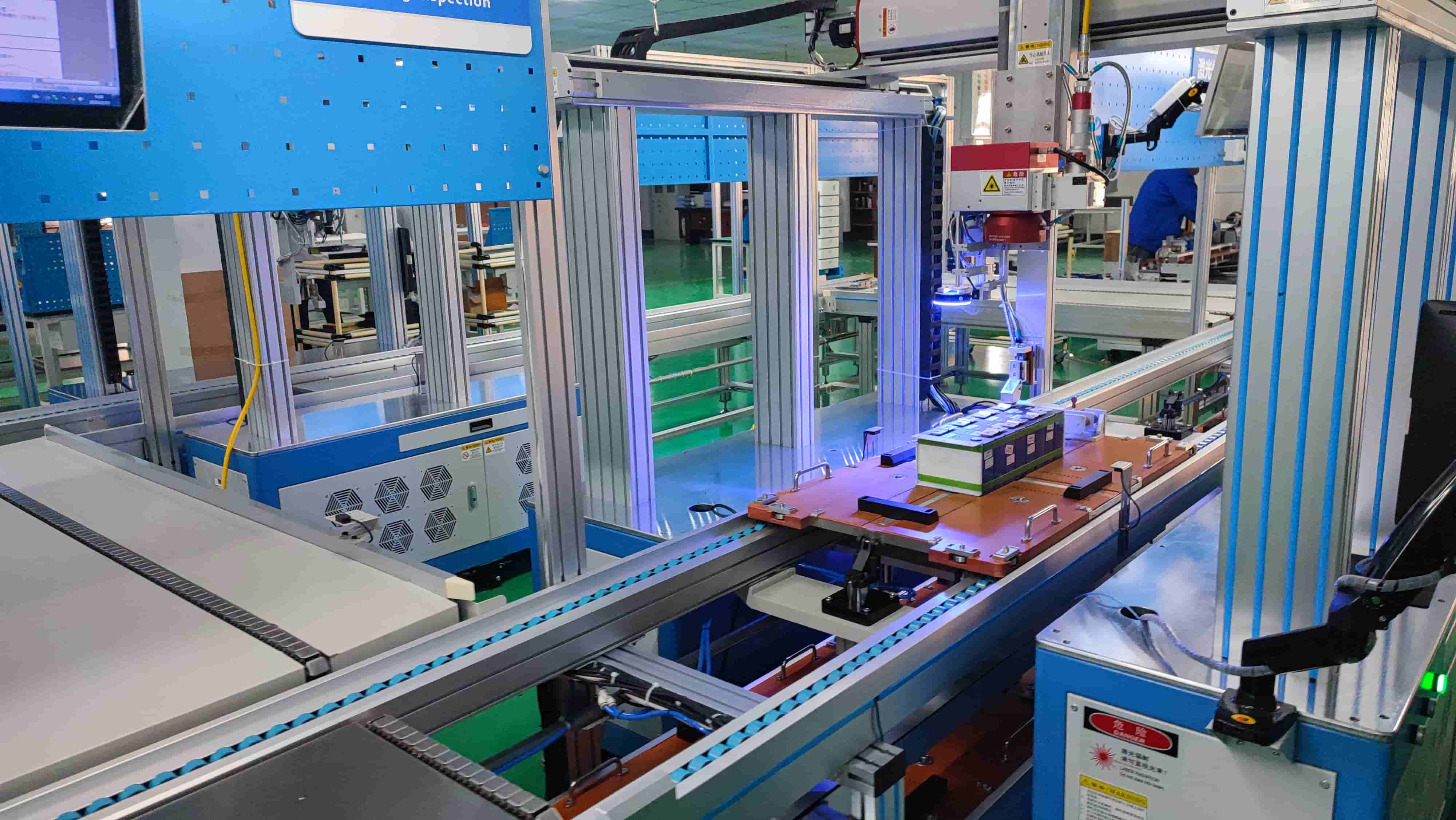
既製のバッテリーパックに頼ってプロジェクトを動かすのにうんざりしていませんか?もしそうなら、自分でバッテリーパックを作る方法を学び、自分でバッテリーパックを作る方法を学びましょう。 LiFePO4 バッテリーパック適切な材料と知識があれば、カスタマイズされたバッテリー パックの作成は比較的簡単に行えます。バッテリー パックを専門とする電気技師として、私は、皆さんがプロジェクトを完全に制御できるように、プロセス全体をガイドします。
最初のステップは、 LiFePO4バッテリー パック。この記事では、セルや BMS ボードを組み立て、効率を最大限に高めるために適切に配線し、最後にユニット全体を組み立てて使用します。さらに、これらの強力なユニットを構築する際の安全性を確保するためのベストプラクティスについても説明します。
この情報があれば、プロジェクトをよりコントロールしたい人は誰でも、独自のカスタムを構築できると感じるはずです。 LiFePO4バッテリー パックしましょう!その結果、必要なときにいつでも利用できる信頼できるエネルギー源が生まれます。それでは始めましょう。プロセス全体を通して、常に安全を第一に考えることを忘れないでください。
Lifepo4 バッテリーパックの定義
あ LiFePO4バッテリー パックは、高度な LifePo4 技術を採用したリチウムイオン (Li-Ion) 充電式バッテリーの一種です。必要な電圧または容量出力に応じて、直列または並列に接続された複数のセルで構成されています。これにより、電力を効率的に蓄え、必要に応じて放電することができます。このバッテリーの化学的性質には、軽量のグラファイト アノードが含まれており、その周囲には主にリン酸化合物からなる電解質が取り囲んでいるため、「リン酸鉄リチウム」という名前が付けられています。
LiFePO4バッテリーは、そのユニークな材料の組み合わせにより、 サイクリングパフォーマンス 他のタイプのリチウムイオン電池と比較して、交換が必要になるまでの期間が長いため、より多くの充電容量を保持できます。また、安定した化学組成により、これらのパックは非常に 自己放電率が低い そのため、長期間充電せずに使用してもすぐに使用できます。さらに、正しく使用すれば熱暴走の危険がなく、安全性も高いです。これらの利点を考えると、多くの人が このタイプのバッテリーを選択してください エネルギー貯蔵のニーズに合わせてパックします。
自分のものを所有する LiFePO4バッテリーパックでエネルギーをコントロール 最も必要なときに信頼できるバックアップ電源を提供します。ノートパソコンや携帯電話の充電器などの家庭用機器に電力を供給する場合でも、大規模な 太陽光発電システムなどのアプリケーション そして電気自動車 - 自分専用のカスタムパックを構築する方法を知ることで、電力供給の自由度が高まり、自分自身と周囲の人々の安全な未来を確保するのに役立ちます。
安全上の考慮事項

自分で作るときは、安全性を常に最優先に考えなければなりません LiFePO4バッテリー パック。保護具を着用したり、セルの充電や放電中に放出される可能性のあるガスや蒸気に備えて換気システムを設置したりするなど、必要な安全対策を講じることが重要です。さらに、ショートを防ぐために、バッテリーに短絡保護を組み込むことが不可欠です。 過放電 過熱を防ぐため、充電中にセルの温度が上がりすぎないように温度調節も実施する必要があります。
さらに、各セルがそれぞれ独立した回路を持ち、互いに独立して動作できるようにすることが重要です。これにより、電源などの外部ソースによってセル間の電流の不均衡が生じるのを防ぐことができます。最後に、充電サイクル中のさまざまな時点でセルに必要な電圧とアンペア数を理解することで、バッテリーの効率と寿命を最大限に高めるための最適な設定を確実に行うことができます。 LiFePO4バッテリー パック。
必要な機材と材料
安全性に関する考慮事項について議論したので、次は、あなたが何をすべきかという詳細について考えてみましょう。 独自のLiFePO4バッテリーを構築するために必要なもの パック。この取り組みを成功させたいなら、いくつかの重要な機器と材料が必要になります。
まず、LiFePO4 セルが必要です。これらはバッテリー パックの構成要素で、蓄電容量を提供し、必要に応じてエネルギーを放出します。バッテリー パックで生成したい電力に応じて、1 ~ 6 個のセルを直列または並列 (またはその両方) で接続する必要があります。プロジェクトに十分な電圧出力を持つ高品質のセルを選択してください。
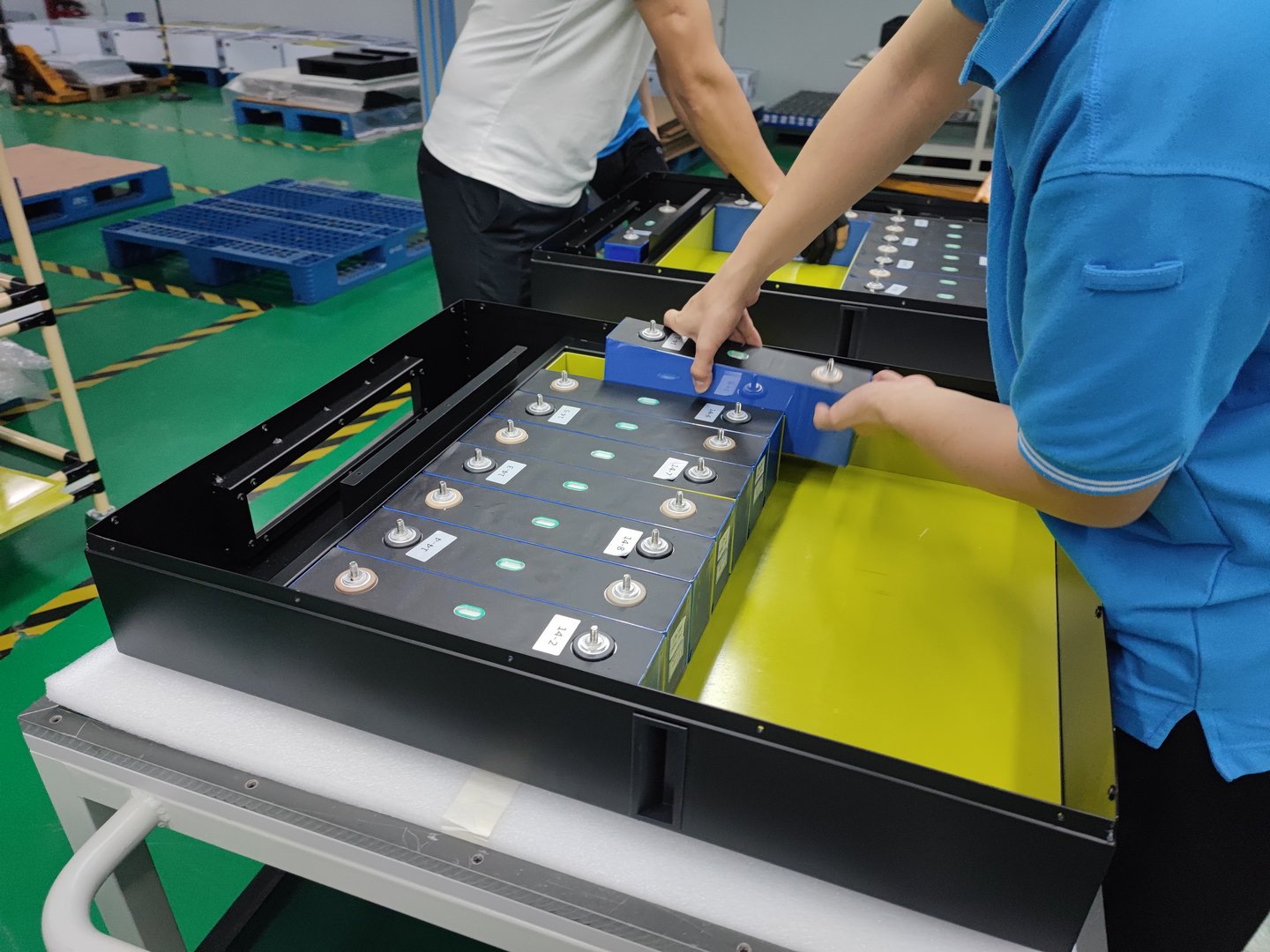
次に、これらのセルを収納し、安全かつ確実に保管するためのものが必要です。ここでバッテリーシェルが役立ちます。バッテリーシェルにはさまざまな形やサイズがあるので、使用するセルの数に適したものを選択してください。さらに、次のような保護機能が組み込まれたものを探すことを検討してください。 過充電/過放電保護。
最後に、セルを安全に接続するためのはんだごてや端子コネクタ、システムのパフォーマンスに対する安全性と制御を強化するための BMS ボードなど、その他の小さなアイテムも必要です。これらのアイテムはすべて、オンラインで簡単に手頃な価格で入手できますが、購入する前に事前に調査することを忘れないでください。
準備手順
作成する LiFePO4バッテリー パックの作成は見た目ほど難しくはありません。プロジェクトに取り掛かる前に、最良の結果と安全上の予防策のために考慮すべき重要な準備手順がいくつかあります。

まず、電力要件とサイズの制約を満たす適切なセルを選択する必要があります。バッテリー技術や化学に関する十分な知識がない場合は、適切なセルの選択を支援できる専門家に連絡することをお勧めします。
セルを選択したら、次のステップはそれらを適切に配線することです。これには、2 つの異なる手法を使用する必要があります。 バッテリー並列 および直列配線。並列配線は電流容量を増加させ、直列配線はパック全体の電圧容量を増加させます。バッテリー間の配線を接続するときは、はんだ付けや圧着などの適切な電気接続方法を使用することが重要です。さらに、システムに電源を入れる前に、ヒューズなどの保護対策を考慮する必要があります。
構築する LiFePO4バッテリーパックにはリスクとともに多くのメリットが伴う 適切に行わないと、バッテリー パックが破損する可能性があります。強力で安全なバッテリー パックの作成を成功させるために、必要な準備手順をすべて実行してください。
セルを直列に配線する
セルを直列に配線するということに不安を感じる人も多いですが、それほど難しいことではありません。いくつかの簡単なツールと基本的な知識があれば、誰でも自分で配線することができます。 LiFePO4バッテリー 安心して梱包してください。
最初のステップは、直列セル接続の仕組みを理解することです。各セルには 2 つの端子 (プラスとマイナス) があり、連続回路を作成するには、これらを一緒に接続する必要があります。複数のセルをこのように接続すると、「直列」と呼ばれるものが形成されます。個々のセルの電圧が加算され、バッテリー パックの全体的な電圧が高くなります。これを適切に行うには、すべてのプラス端子が一緒に接続され、すべてのマイナス端子が一緒に接続されていることを確認し、絶対に間違えないようにしてください。
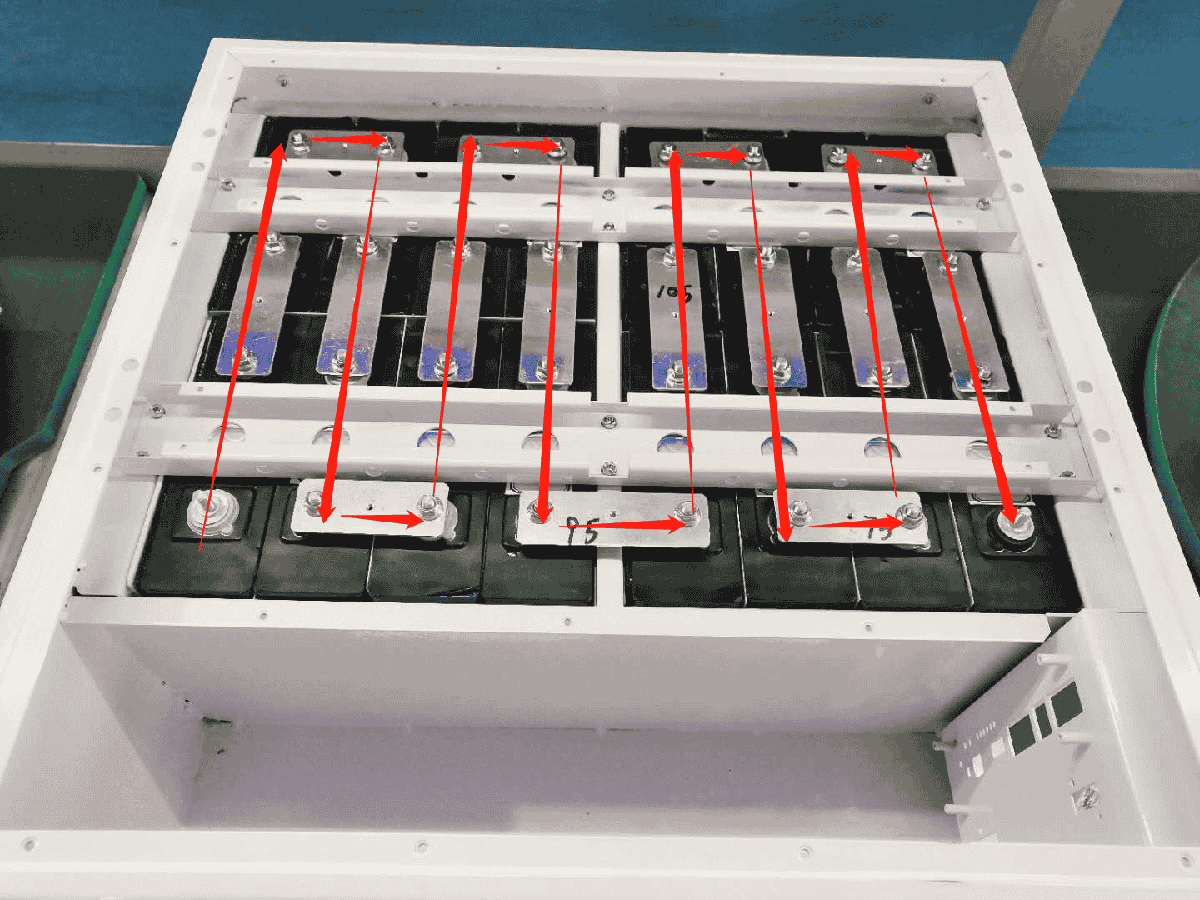
特定のアプリケーションに適した配線図ができたら、セルを直列に接続するのは比較的簡単です。まず、隣接するセルの各ペア間の配線をはんだ付けし、各接続ポイントの極性が正しいことを確認します。すべてが正しく配線されたら、安全上の理由から、露出した接続部分を電気テープまたは熱収縮チューブで覆います。必要に応じて、すべてを密閉する前に、マルチメーターを使用して各セル ペア間の導通を確認します。
配線 LiFePO4電池 直列接続は一見難しそうに思えるかもしれませんが、以下の手順に従えば、すぐに簡単であることが分かります。いくつかのツールと電気と回路に関する一般的な知識があれば、誰でもできます。 独自の強力なLiFePO4バッテリーを構築する 汗をかくことなく荷造りできます。
バッテリー管理システム (BMS) の接続
セルを直列に配線する作業が終わったので、次はセルを接続する作業に移ります。 バッテリー管理システム (BMS)これは、 安全で信頼性の高いlifepo4バッテリー パック。BMS は各セルの充電状態を監視し、過充電や過放電からセルを保護します。また、すべてのセルのバランスを調整して、すべてのセルが同じ電圧レベルに保たれるようにすることで、全体的なパフォーマンスを維持します。
BMS の接続は、すべての接続が正しく行われていることを確認する必要があるため、難しい場合があります。まず、BMS の特定のモデルの製造元の指示に従ってください。これらの指示には、適切な配線方法に関する詳細な情報が記載されています。電源を入れる前に、必ずすべてを再確認してください。配線が間違っていると、バッテリーと BMS ボードの両方が損傷する可能性があります。

BMS を接続したら、マルチメーターまたはその他のテスト デバイスでテストして、バッテリー パックで使用する前に正常に動作することを確認します。安全第一を忘れないでください。今この特別な予防策を講じておくと、将来起こり得る問題を防ぐのに役立ちます。
要約すると、バッテリー管理システム(BMS)をメーカーの指示に従って慎重に接続し、使用前にテストデバイスを使用して適切に機能することを確認してください。そうすることで、安全で 効率的なlifepo4バッテリー パックビルド!
セルをパックシェルに取り付ける
いくつかの基本的な部品があれば、自分で作ることができます Lifepo4 バッテリー 電力貯蔵用のパック。セルをパック シェルに取り付けることは、このプロセスで不可欠なステップです。手順は次のとおりです。
- 取り付けるセルと互換性のあるはんだ付け端子やワイヤなど、必要な備品をすべて集めます。
- パック シェル内の各セルの位置をマークし、セル間に十分なスペースがあり、内部に配置したときにしっかりと収まることを確認します。
- 各セルのプラス端子をマイナス端子に溶接またははんだ付けして接続します。使用中にショートが発生する危険がないように、しっかりとはんだ付けしてください。
- 接続されたセルをすべてパック シェルに配置し、結束バンドまたは粘着テープで固定して、バッテリー パックの充電中または放電中にセルが動かないようにします。
- 最後に、バランスリード線や適切な機能に必要なその他の回路など、インストールを完了するために必要なすべての外部配線を接続します。
セルをバッテリー パックに取り付けるのは、最初は難しそうに思えるかもしれませんが、次の簡単な手順に従うだけで、これまで以上に簡単になります。いくつかのツールと電気工学の原理に関する知識があれば、強力な蓄電源を迅速かつ安全に作成できます。今すぐに、独自のリチウムイオン電源の構築を始めましょう。
パックシェルへの端子のはんだ付け
セルがパックシェルに取り付けられたら、端子をバッテリーパックにはんだ付けします。このプロセスは、 lifepo4バッテリーは充電と放電が可能 最適なパフォーマンスを実現します。
端子をパック シェルにはんだ付けする前に、まず各端子を徹底的に洗浄します。ワイヤー ブラシまたはサンドペーパーを使用すると、端子とパック シェル間の接続を妨げる可能性のある汚れや腐食を取り除くのに役立ちます。また、作業を始める前に、すべてのツールが良好な状態であることを確認する必要があります。これには、高品質のはんだごて、フラックス、ロジン入りはんだ、熱収縮チューブが使用できる状態であることを確認することが含まれます。
すべて正しく準備できたら、各端子をパック シェルのそれぞれの位置にしっかりとはんだ付けし始めます。作業中は特に注意してください。正しく行わないと、時間が経つにつれて接続が維持されなくなり、将来的に重大な安全上の問題につながる可能性があります。すべての接続が完了したら、湿気やほこりの粒子などの環境要因が内部に入り込むのを防ぐために、各ジョイントの周りに熱収縮チューブを再度使用します。
これらの手順を完了すると、完全に組み立てられた状態になります。 lifepo4 バッテリー! 安全かつ自信を持ってそのパワーを享受できるようになる前に、最後にもう一度点検を行うだけです。
セルのテストとバランス調整
セルのテストとバランス調整は、 成功するライフポ4バッテリーの構築 パック。取り付け前に、バッテリー パック内の各セルが同様の特性を持っていることを確認することが重要です。
これを行うには、さまざまなテストを実施できます。
| テスト | 説明 |
|---|---|
| 細胞検査 | 容量や電圧などのセル間の欠陥や不一致をチェックするために使用されます。 |
| 細胞のバランスをとる | 個々のセルが互いに適切にバランスされていることを確認します。これにより、バッテリー パックからの電力出力不足につながる過充電や充電不足を防ぐことができます。 |
| バッテリーテスト | 充電/放電率、容量、効率をテストして、バッテリー パックの全体的なパフォーマンスを測定します。 |
| 容量テスト | 充電率と放電率を測定することで、各セルにどれだけのエネルギーが蓄えられているかを調べます。これにより、バッテリー パックの設計上の弱点を特定できます。 |
| 電圧テスト | すべてのセルの電圧が同等であることを確認し、電流の不均衡による損傷を引き起こすことなく、セルが効率的に連携できるようにします。これにより、バッテリーの充電または放電時の安全性も確保されます。 |
これらのテストを実施する際には、ショート、ケースの膨らみ、異常な温度測定値など、ビルドプロセスの問題を示す可能性のある不規則性や問題に注意することが重要です。時間をかけて徹底的にテストを行うことで、将来的にコストのかかるミスを防ぐことができます。セルを適切にテストしてバランスをとることで、カスタムメイドの長期的な信頼性が保証されます。 lifepo4 バッテリーパック 最高品質の製品を作るためにできる限りのことをしたという安心感が得られます。
最大容量の放電テスト
lifepo4バッテリーのテスト パックは最大容量を確保するための鍵です。これを行うには、個々のセルをテストし、負荷をかけた状態での放電率を測定する必要があります。これにより、期待どおりに動作していないセルがあるかどうか、つまり品質の低さや部品の欠陥があるかどうかを特定できます。
Lifepo4パックをテストする最初のステップは、適切なDC電源に接続することです。次に、希望する放電率に応じてコントローラーの電圧を調整して電流制限を設定します。それが終わったら、ワニ口クリップを バッテリーの各端子への電源 パックのバランスコネクタ。これにより、パック内のセルのバランスの取れた充電と放電が保証されます。
最後に、各セルが一定期間内にさまざまな放電率でどれだけのエネルギーを蓄えられるかを観察します。これらの結果を他のパックの結果と比較すると、長期間にわたって信頼性の高いパフォーマンスを提供できる可能性が高いパックを判断できます。慎重な分析と定期的なメンテナンスにより、独自の lifepo4 バッテリー パックを制御できるようになります。
バッテリーパックを適切に充電する
LiFePO4バッテリーの充電 バッテリーパックを適切に充電することは、バッテリーのパワーと寿命を維持するために不可欠です。LiFePO4 バッテリーパックの所有者として、パフォーマンスと安全性を維持するために、すべての充電手順に従う責任があります。まず、充電器をバッテリーパックに接続するときは、極性を正しく合わせてください。つまり、プラス (+) はプラス (+) に接続し、マイナス (-) はマイナス (-) に接続する必要があります。
第二に、 LifePO4バッテリー専用に設計された充電器。正しく使用しないと、他のタイプの充電器はセルを損傷する可能性があります。.

3 番目に、過充電したり、充電中に LiFePO4 バッテリーを放置したりしないでください。忘れないように、携帯電話や時計にアラームを設定してください。最後に、充電が完了したら必ず電源から外してください。接続したままにしておくと、過熱や火災の危険が生じる可能性があります。これらのガイドラインに適切に従うことで、長期的には自分自身とバッテリー パックの両方を保護することができます。
Lifepo4 バッテリーのメンテナンスのヒント
電気技師やバッテリーパックの専門家として、私たちは LiFePO4バッテリーは理想的な選択肢です あなたのプロジェクトに最適です。高いエネルギー密度と 長寿命、これらは多くの電力問題に対する優れた解決策を提供します。しかし、人生のあらゆるものと同様に、これらのバッテリーを今後何年もスムーズに動作させ続けるには、適切なケアが必要です。ここでは、簡単な LiFePO4バッテリーを長持ちさせるためのメンテナンスのヒント 健康:
- 涼しく保つ: 熱はどんな種類のバッテリーにとっても最大の敵です。 LiFePO4バッテリー 直射日光やコンピューター、給湯器などの熱源から離れた、風通しの良い場所に保管することで、涼しさを保つことができます。
- 過充電を避ける: 充電する際は LiFePO4バッテリー 推奨充電限度を超えないようにしてください。そうしないと、過充電による化学反応により、時間の経過とともにセルが損傷するリスクがあります。高品質の充電器に投資することで、この問題を完全に回避できます。
- 適切な保管: LiFePO4バッテリーを適切に使用すれば、最高のパフォーマンスを維持できます。 使用していないときでも。例えば、 バッテリーを収納する 完全に充電し、再び使用する準備ができるまで充電器や外部デバイスなどから取り外してください。こうすることで、保管中に予期せず放電してしまう心配がなくなります。
この3つの簡単な手順で、LiFePO4バッテリーの信頼性の高いサービスを何年も保証できます。定期的なメンテナンスが重要であることを忘れないでください。 lifepo4バッテリー。これらのヒントに従うことで、バッテリーの寿命全体にわたって良好な状態が保たれ、早期に交換することなく最大限に活用できるようになります。.
Lifepo4バッテリーを安全に保管する
保管 LiFePO4 バッテリーを安全に保管することは、バッテリーパックの寿命を延ばすために不可欠です。直射日光などの熱源を避け、涼しく乾燥した場所に保管することをお勧めします。最適な保管条件により、バッテリーは最高の状態を保ちます。 最高のパフォーマンスレベル 最も必要なときに。
保管する場合 LiFePO4電池温度の変動に注意することが重要です。温度が高すぎたり低すぎたりすると、時間の経過とともに損傷を引き起こす可能性があります。 理想的な温度範囲 0°C ~ 25°C (32-77F) の範囲です。この範囲外で保管する場合は、バッテリーの環境を調整してください。また、氷点下での充電は、セルの不可逆的な劣化につながる可能性があるため、避けてください。
長期保管する前に適切な充電レベルにしておくことも賢明です。LiFePO4セルには約50%の容量が理想的です。これにより、最適なバッテリーライフサイクル管理が保証され、アイドル期間中の過度の自己放電が防止されます。保管方法に関する重要なポイントをまとめた表を以下に示します。 LiFePO4電池 安全に:
| ポイント | 説明 | 例 |
|---|---|---|
| 温度 | 32〜77F/0〜25℃で保管してください | 極端に暑い・寒い環境を避ける |
| 充電レベル | 50%の容量で保管 | |
| 熱源 | 直射日光を避けてください | |
| 充電温度 | 氷点下では充電しないでください |
トラブルシューティングガイド
自分自身の建物を建てる道 LiFePO4バッテリー バッテリー パックの組み立ては、経験豊富な電気技師でも頭を悩ませる課題が山積しており、困難な作業です。しかし、いくつかのヒントとコツがあれば、途中で発生するあらゆる問題を解決できます。LiFePO4 バッテリー パックに関する一般的な問題とその対処方法を見てみましょう。
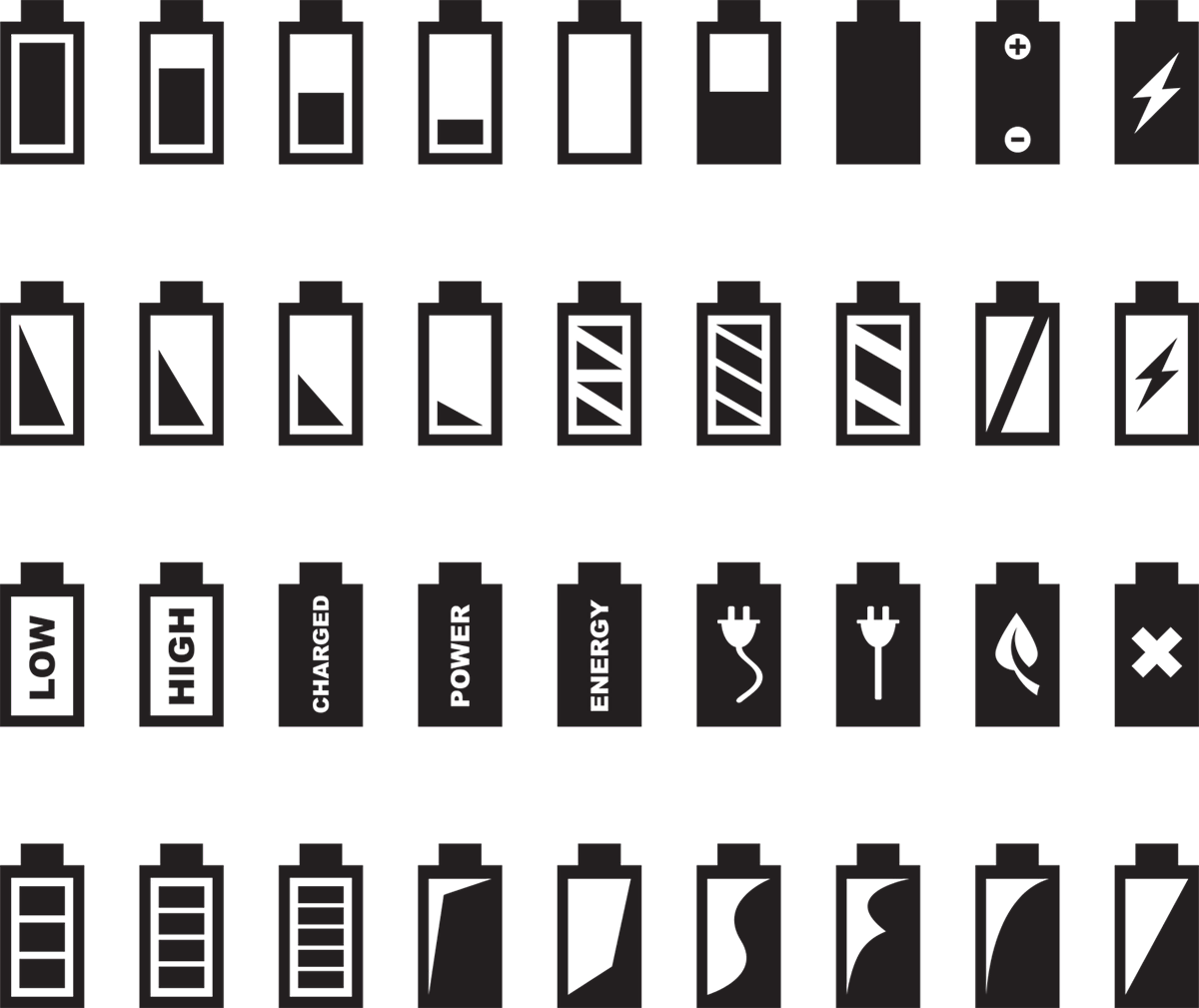
lifepo4 のトラブルシューティングでは、パックのシェルをチェックする必要があります。摩耗や損傷の兆候がある場合、セル間の適切な接続が妨げられ、各セル間の電圧の不均衡が発生する可能性があります。すべての接続が確実に行われていることを確認し、接点の腐食やケース自体のひび割れやへこみがないか検査してください。
次の部分 lifepo4のトラブルシューティングにはBMSのチェックが含まれます (バッテリー管理システム) は、指定された範囲内のセル電圧と電流レベルを監視し、安全限度を超えないようにします。BMS ボード ピンからのすべての接続が端子にしっかりと接続されていることを確認します。また、BMS に接続されているセンサーが破損または損傷していないことを確認してください。破損または損傷があると、読み取りが不正確になり、バッテリー パックのパフォーマンスに問題が生じる可能性があります。最後に、正確な動作のために、電源ケーブルと通信回線の両方に正しい配線が使用されていることを確認します。
lifepo4のトラブルシューティングで最後に言及する価値のあるポイントは、セルバランスは、長期間にわたって最高のパフォーマンスを維持するための重要なステップであるということです。これには、セルごとの最小/最大電圧しきい値などの設定されたパラメータに基づいて、必要に応じてセル間で電荷を転送することにより、個々のセル電圧が均等に保たれるようにすることが含まれます。パックのバランスを定期的に検査することで、 LiFePO4バッテリー 生涯を通じて最適なパフォーマンスを発揮します。
使用済み電池のリサイクル
使用済みバッテリーのリサイクルは、独自のバッテリーを構築する上で重要な部分です。 ライフポ4 バッテリーパック。古いバッテリーを処分する際には、 死んだ細胞環境を保護し、お金を節約するには、リサイクルが最善の選択肢です。いくつかの簡単な手順で、使用済みセルを安全にリサイクルして再利用したり、適切に廃棄したりできます。
まず、リサイクルする必要があるセルの種類を特定する必要があります。一部のセルには、その化学組成と電圧を示すラベルが付いている場合があります。ラベルが付いていない場合は、マルチメーターまたはその他のテスト デバイスを使用して各セルの特性を判断します。特定したら、類似のセルを 1 つの山にまとめ、後でより効率的に処理できるようにします。
次に、電池の廃棄に関する地方の法律と、これらの材料を責任を持って処理して新しいものに作り変えることができる、お近くの信頼できるリサイクル センターを調べてください。多くの都市では、あらゆる種類の電池を適切な廃棄のために持ち込むことができ、処分費用も払戻しされる無料の回収場所を提供しています。
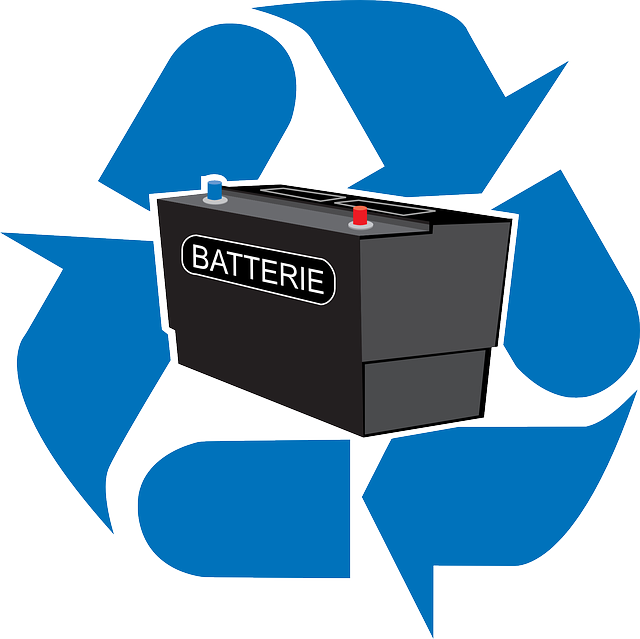
最後に、リチウムイオン電池を敷地外に持ち出す前に、他の電池から分離していることを確認してください。これにより、輸送中および施設での処理中に安全に取り扱われるようになります。
古いものを扱う際にこれらの手順に従うことで lifepo4 バッテリーそうすれば、コミュニティを清潔に保ちながら、埋め立て地に廃棄される廃棄物を減らすことができます。可能な限り部品を再利用することで、製造プロセスに関連する排出量をさらに削減できます。今日、責任ある決断を下すことで、私たちは一緒に地球の未来に良い影響を与えることができます。
結論
自分でLiFePO4を作る バッテリーパック は、電力需要を管理し、必要な電気を常に確保するための優れた方法です。必要な供給品と、それらを正しく組み合わせる手順がわかれば、それほど難しいことではありません。
セルを直列に配線する際に安全プロトコルに従い、バッテリーを安全に保管し、適切にメンテナンスすれば、適切な注意を払えば何年も使用できます。また、何か問題が発生した場合には、発生する可能性のある問題を解決するのに役立つトラブルシューティング ガイドが用意されています。
だから自分で作ることに対して怖気付かないでください LiFePO4バッテリー 少しの忍耐と、これらのパックの仕組みに関する知識があれば、誰でもパックをうまく構築できます。
専門メーカーとして バッテリーパックの製造, ハーベイパワー グリーンエネルギーと環境保護の持続可能な開発に尽力し、誰もがグリーンエネルギーを利用できるようになり、生活が向上することを願っています。
